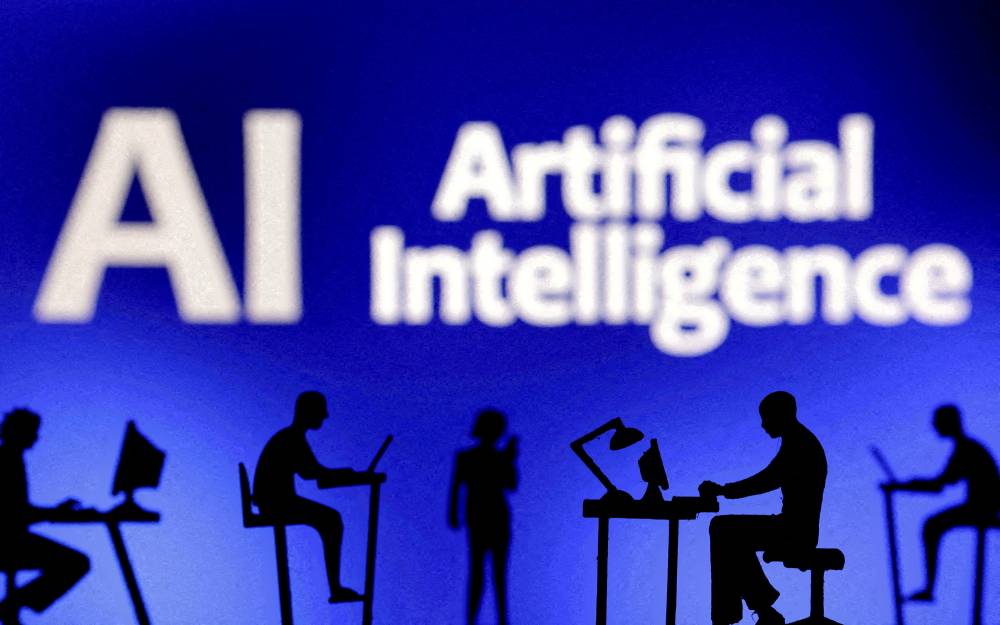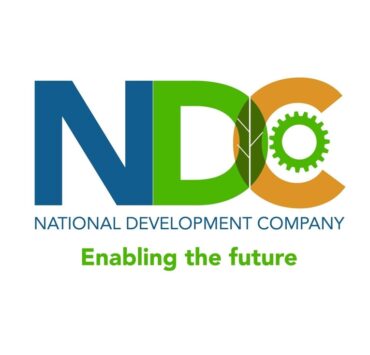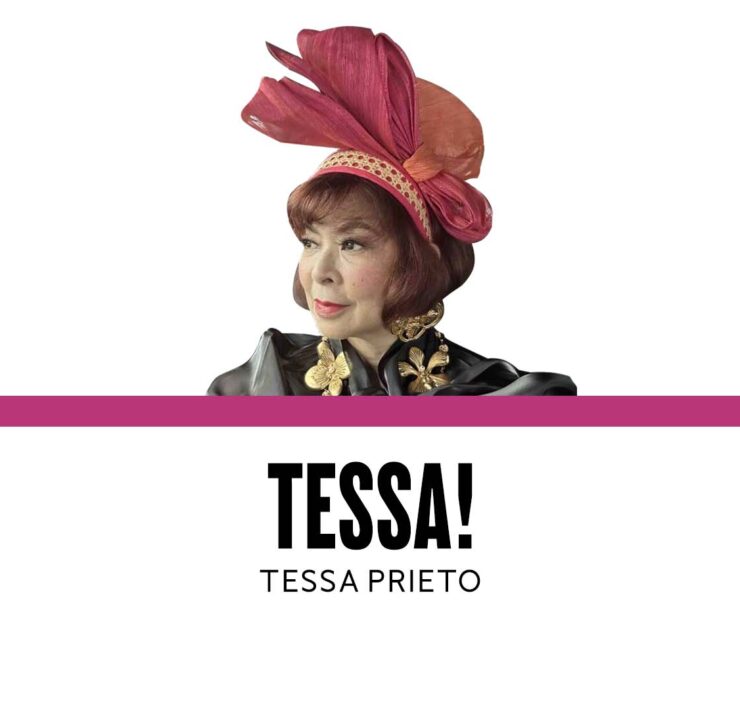‘Gender is just one aspect of AI inclusivity’

Inclusivity in the realm of artificial intelligence (AI) has been a hot topic, yet the discussions often revolve around gender, primarily women in AI. While gender inclusivity is crucial, the conversation rarely extends to other vital dimensions such as LGBTQIA+ representation. This narrow focus overlooks the broader spectrum of inclusivity challenges within the tech and AI communities.
Discrimination in tech and AI is multifaceted. It spans from academic credentials (favoring those with Computer Science and Statistics degrees) to coding skills (coders versus non-coders), and even within programming languages (Python versus R). These divisions create barriers to entry and perpetuate an elitist culture that excludes a significant portion of potential contributors.
AI’s power imbalance is another critical issue. The capacity to train large language models is confined to a handful of well-funded tech giants. Countries in the Global South, including the Philippines, are often relegated to being mere consumers of AI technology rather than active innovators. This dynamic exacerbates existing inequalities and stifles local technological advancement.
Access to AI is also hindered by the digital divide. The fundamental prerequisite for engaging with AI is access to the internet, a resource that remains unevenly distributed. Digital inclusion is the first step towards broader AI inclusivity, but it is far from being universally achieved.
Within tech and AI circles, cliquishness is a prevailing characteristic. These communities tend to be insular and confined to tech, while adverse impacts of AI, such as job displacement and ethical dilemmas, spill over into non-tech circles like journalism, education, and the creative industries. Despite the widespread effects of AI, the discourse and decision-making power remain concentrated within a small, exclusive group of tech experts.
Elements of Digital Inclusion
During a recent panel discussion on AI and inclusivity, I shared these thoughts with mixed reactions. I emphasized that gender is just one aspect of inclusivity and that the AI community often falls short of true inclusivity. I presented a diagram illustrating the stages of digital inclusion: access, literacy, and acceptance. In the Philippines, access to AI is limited, and mainstream literacy about AI is still developing. Even with access and skills, there is a pervasive mistrust of AI’s reliability, with most people knowing little beyond tools like ChatGPT.
I also discussed the infamous DEI (Diversity, Equity, and Inclusion) Venn diagram, which highlights that without all three components, the structure collapses. In AI, losing inclusion leads to a uni-polar culture, losing diversity results in overrepresentation by a single group, and losing equity distorts narratives due to power imbalances. The AI sector, especially in the Philippines, struggles significantly with equity, as redistributing power requires power—a resource currently held by the least inclusive segments of society.
For AI to be genuinely inclusive, we must continue to address these multifaceted barriers and expand the dialogue beyond gender to encompass all aspects of diversity and equity. Only then can we hope to build an AI community that truly reflects and serves the diverse society it aims to improve.
Dominic Ligot is the Founder, CEO and CTO of CirroLytix, a social impact AI company. He also serves as the Head of AI and Research at the IT and BPM Association of the Philippines (IBPAP), and the Philippines representative to the Expert Advisory Panel on the International Scientific Report on Advanced AI Safety.




















